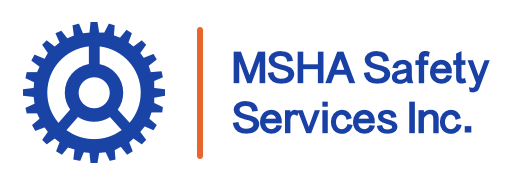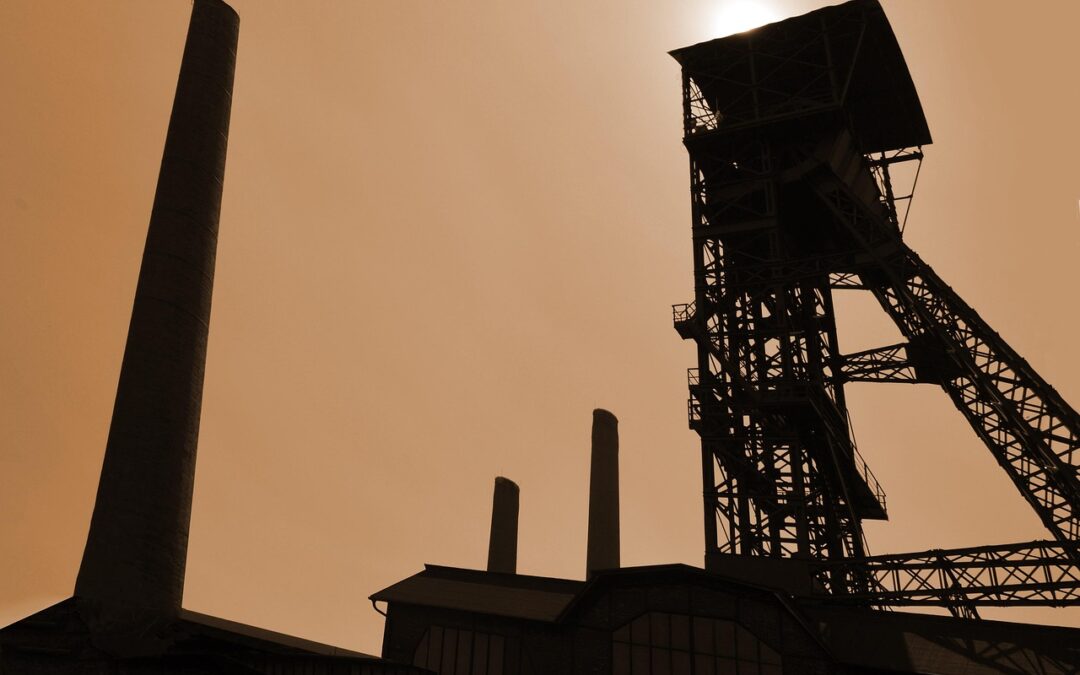Working with machinery near highwalls presents unique challenges that require rigorous safety protocols and regular maintenance to ensure both the efficiency of operations and the safety of workers. Highwall environments, often found in mining, construction, or excavation sites, involve complex machinery operating in close proximity to steep, unstable terrain. With the constant risk of mechanical failure, falling debris, or environmental factors, it is crucial to implement a well-rounded approach to maintenance and workplace safety protocols. This article explores the importance of regular machinery maintenance, key safety risks, preventive checklists, and best practices for operators working near highwalls, all while focusing on technological advancements and emergency protocols to mitigate risks.
Importance of Regular Maintenance in Highwall Machinery
The importance of regular maintenance for machinery near highwalls cannot be overstated. Highwalls, often steep and unstable, pose serious risks to the equipment used in mining and construction. Keeping machinery in optimal working condition not only extends its life but also minimizes the risk of accidents. Consistent maintenance ensures that potential issues are detected before they become significant problems. It guarantees machinery operates safely and efficiently in challenging conditions. Maintenance and safety procedures for machinery near highwalls play a critical role in preventing malfunctions that can lead to catastrophic incidents.
Key Safety Risks When Working Near Highwalls
Working near highwalls presents various risks to both machinery and operators. These include the danger of falling debris, sudden shifts in the terrain, and equipment instability. For example, machinery positioned too close to a highwall might experience tipping if the soil erodes or shifts unexpectedly. Highwall machinery can sometimes malfunction due to environmental factors like moisture or extreme temperatures. To mitigate these risks, operators need to be aware of the safety protocols that reduce these hazards while working in proximity to highwalls.
Preventive Maintenance Checklist for Highwall Machinery
A preventive maintenance checklist for machinery near highwalls should be comprehensive. The following points are crucial for maintaining machinery in top shape:
- Lubrication: Ensure that all moving parts are adequately lubricated to prevent wear and tear.
- Hydraulic System Checks: Inspect hydraulic hoses and fluid levels to prevent leaks or system failure.
- Brakes and Tires: Verify that braking systems are fully operational and that tires are free from damage or wear.
- Electrical System: Check wiring and connections to prevent electrical malfunctions that could cause sudden breakdowns.
- Structural Integrity: Look for signs of cracks or corrosion in the machine’s structure, especially if it’s exposed to harsh environmental elements.
Following a structured maintenance and safety procedure routine for machinery near highwalls significantly reduces the potential for costly downtime.

Inspection Protocols for Highwall Machinery
Routine inspections are an essential part of the maintenance procedure. Inspections should be carried out daily, weekly, and monthly, depending on the level of machine usage. Regular inspections include checking for any signs of mechanical wear, abnormal noises, and loose parts. Operators should also examine any components that are under heavy load or are exposed to environmental stress. A reliable inspection protocol should involve both visual and operational checks to ensure the machinery functions properly.
Safe Operating Practices for Machinery Close to Highwalls
Operating machinery near highwalls requires special attention to safety. Operators must be trained to understand the risks involved and adhere to safety measures that protect both the equipment and personnel. Here are some safe operating practices to follow:
- Proper Positioning: Always position the machinery a safe distance from the highwall edge to prevent tipping.
- Speed Control: Maintain a slow, controlled speed, especially when navigating near unstable areas.
- Clear Visibility: Ensure the operator has a clear line of sight when working near the highwall to avoid accidents.
- Secure Load Handling: Always ensure that the machinery is not overloaded, as it could destabilize the equipment.
By practicing these safety procedures, operators can significantly reduce the risk of accidents involving machinery close to highwalls.
Training and Certification Requirements for Operators
Training and certification are crucial for anyone working with machinery near highwalls. Operators must be well-versed in safe machinery operation, maintenance procedures, and emergency response protocols. In many regions, operators are required to complete specific safety courses and receive certifications in machinery operation. These courses cover various safety procedures, equipment handling, and the unique risks associated with working near highwalls. In addition to initial training, operators should engage in continuous education to stay updated on best practices.
Technological Advancements in Highwall Machinery Safety
Technological advancements in machinery safety have played a significant role in improving safety when working near highwalls. Features like automated shutoff systems and real-time monitoring sensors help operators detect issues before they escalate. For example, proximity sensors alert operators when machinery is too close to a dangerous area, reducing the risk of tipping or damage. Additionally, advancements in machine learning allow for predictive maintenance, helping prevent mechanical failures before they occur. These innovations ensure that machinery is not only safer to operate but also more efficient.
Ensuring Structural Integrity of Highwalls and Machinery
The integrity of both highwalls and the machinery used near them is critical. A deteriorating highwall can lead to rockfalls and equipment instability. To safeguard against these dangers, operators should be equipped with tools to monitor highwall stability regularly. This can involve geotechnical surveys, drainage management, and careful analysis of erosion patterns. Additionally, machinery should be inspected for any signs of damage caused by exposure to highwall conditions. A strong focus on structural integrity ensures that both machinery and highwalls remain safe to work with, preventing dangerous accidents from occurring.
Emergency Response Plans for Machinery Failures Near Highwalls
An effective emergency response plan is crucial when machinery fails near highwalls. Accidents can occur at any time, and machinery failures can exacerbate the risks associated with highwall work. Operators should be familiar with emergency procedures, which should include evacuation routes, communication methods, and backup equipment. Having a clearly defined emergency response plan helps reduce the impact of any failure and ensures that workers can safely exit the area without harm.
Accidents Involving Machinery Near Highwalls
Accidents involving machinery near highwalls, though rare, can be devastating. When such accidents occur, they are often a result of improper maintenance, neglecting safety procedures, or inadequate training. It’s crucial to investigate any incidents thoroughly to pinpoint the cause and implement corrective measures. Studies show that accidents involving machinery near highwalls can lead to severe injuries or even fatalities if maintenance and safety protocols are not strictly followed.
Ensuring Safety and Efficiency in Highwall Machinery Operations
Safety and efficiency must go hand in hand when operating machinery near highwalls. Incorporating effective maintenance schedules, providing ongoing training, and using advanced safety technology all contribute to a safer and more productive working environment. By adhering to these principles, machinery operations near highwalls can be conducted safely, ensuring that both personnel and equipment remain protected from harm.

